Key Challenges in Ethiopia & Our Response
Ethiopian culture is rich, full of things to do, taste, see and explore. However, the country is also home to thousands of children living in impoverished communities. These children face the devastating and life-altering challenges of poverty daily.
Malnutrition & Poor Medical Care Harm Children From Birth
Children in Africa are at high risk of death from a young age. In Ethiopia, the under-5 mortality rate is high at 46.2 deaths per 1,000 live births. Unfortunately, this is caused by many factors that can stem from poverty, including malnutrition and poor medical care.
Our Response: Survival Programs Provide Critical Care
We believe all children should be given the chance to thrive. Through our Survival programs in Africa, we provide medical care, nutrition support and even delivery care to moms and babies living in poverty.
This critical care continues through a baby’s first year of life, giving them a healthy foundation for growth. After this they’re eligible to be sponsored by someone like you!
Lack of Education Stops Children From Becoming Self-Sufficient
According to UNICEF, only 33.1% of children make it to secondary school in Ethiopia. Around 90% of 10-year-old children in Ethiopia don’t know how to read. And crises and conflicts have resulted in millions of children being out of school in Ethiopia.
Unfortunately, children without educations often lack the skills needed to become self-sufficient adults. This leaves them unable to provide for themselves or their families, keeping them trapped in poverty.
Our Response: Educational & Vocational Opportunities Help Kids Succeed
At Compassion, we provide the educational tools children need to attend school, from supplies and tuition to tutoring. We also provide vocational opportunities so children can learn job skills and become certified in their areas of interest. As a result, they can become financially self-sufficient.

A boy laughs while carrying a bucket of water on his head.
Caption

A child smiles in front of a brick wall.
Caption
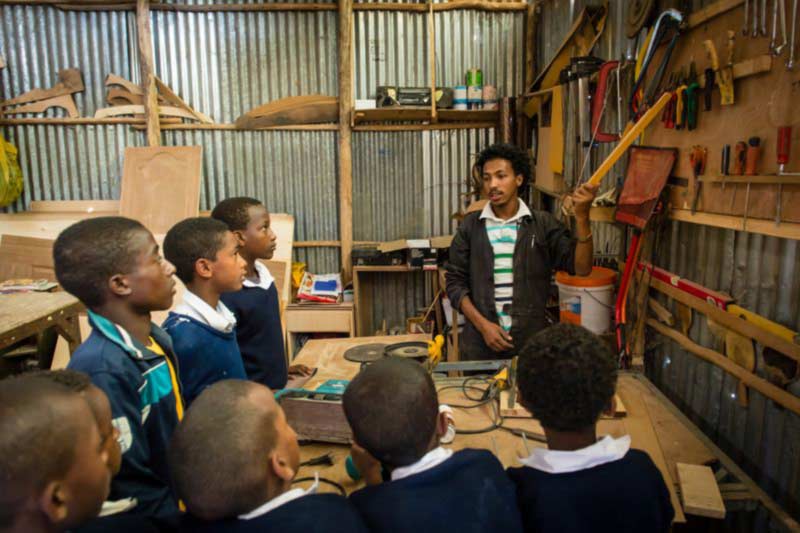
A young man, formerly in the child development program, teaches younger boys about the skill of woodworking.
Caption
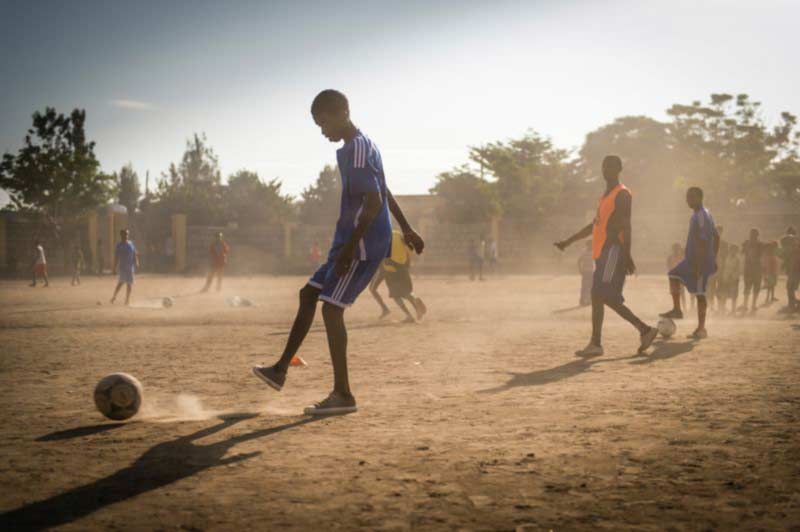
A group of boys play soccer on a dusty field.
Caption

A young boy smiles as he transitions into the Compassion Child Sponsorship Program.
Caption
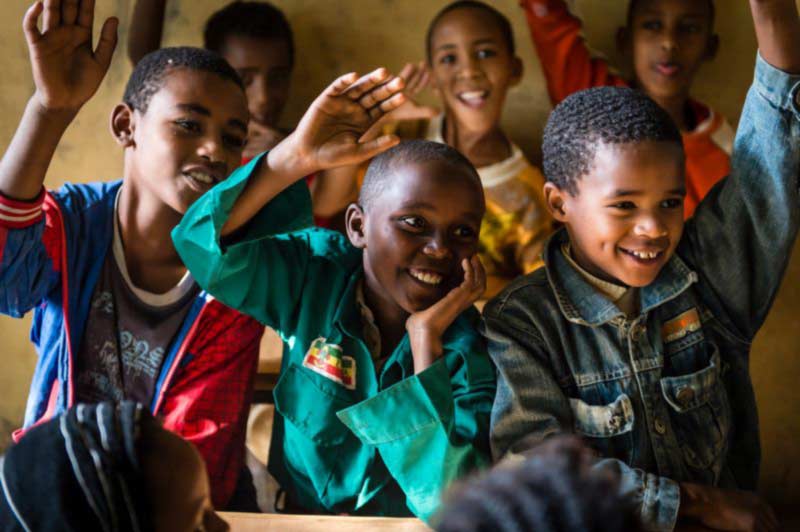
Children happily engage in the classroom.
Caption
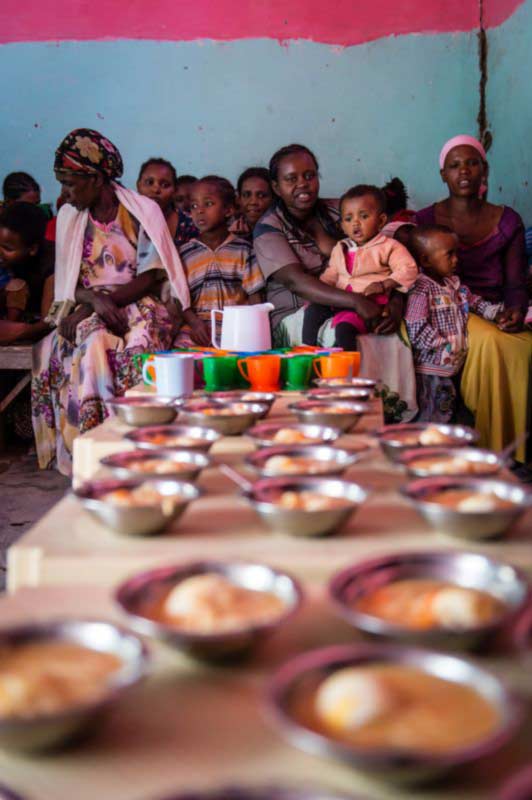
A group of women and their children wait to receive a meal.
Caption

A young girl holding flowers stands in the shade of a tree.
Caption
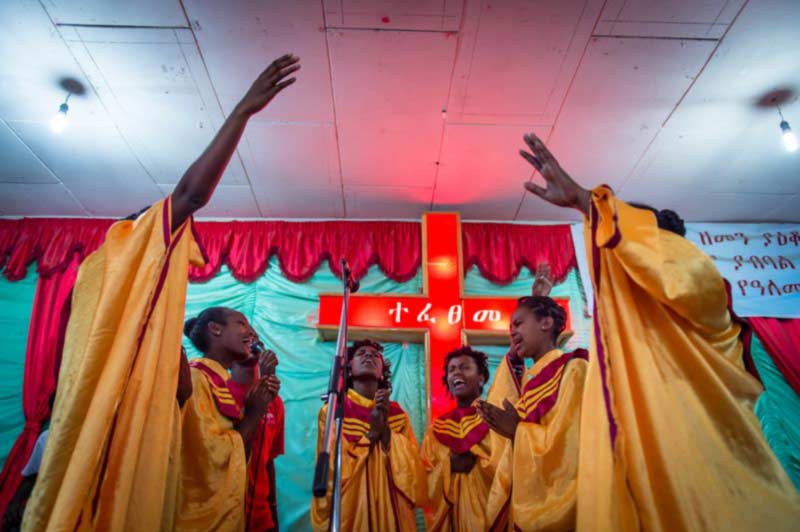
Young women praise God at a worship service.
Caption
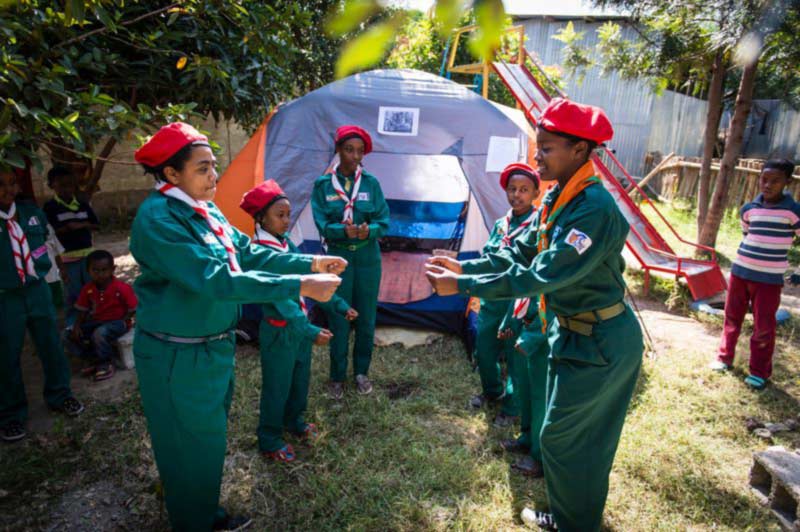
Young teens participate in camp activities.
Caption